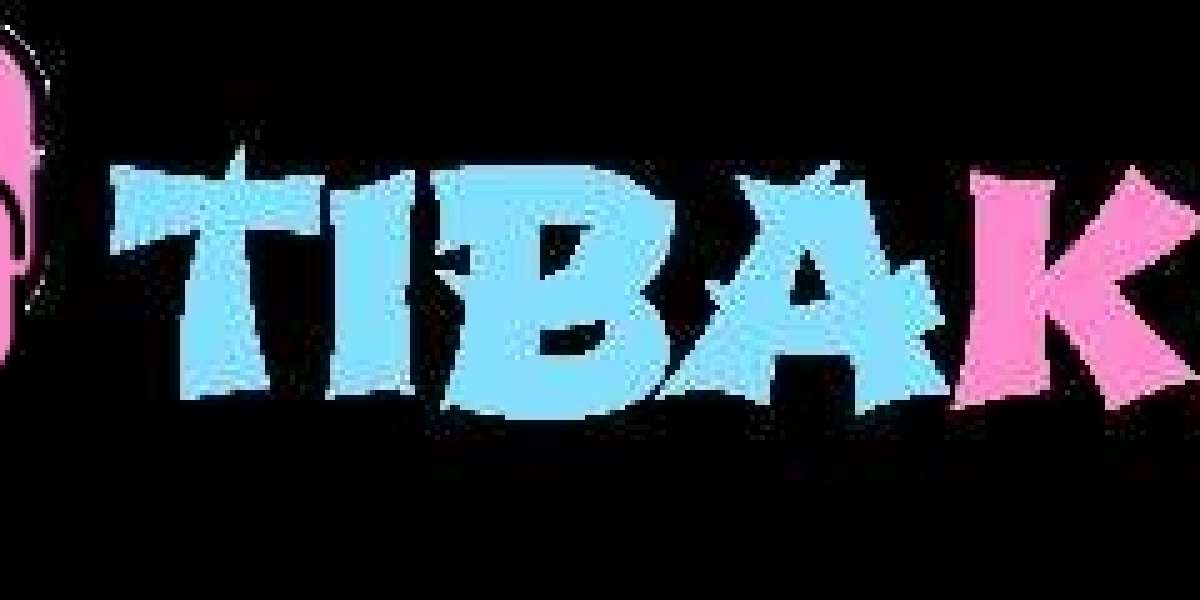Prolog, short for "Programming in Logic," is a unique language that stands apart from procedural and object-oriented programming languages. Its foundation lies in formal logic and declarative programming, making it both powerful and challenging. For many students, Prolog assignments can be a daunting task, often leading them to seek help. If you find yourself struggling with Prolog homework and think, “I need someone to do my Prolog assignment,” you’re not alone. Fortunately, there are resources available that can offer the support you need. Websites like Programming Homework Help provide affordable and expert assistance for students grappling with their programming assignments.
Prolog's approach to problem-solving involves declaring facts and rules and then querying these declarations to solve problems. However, students frequently make mistakes when working on Prolog assignments. Understanding these common errors and how to avoid them can greatly enhance your grasp of Prolog and improve your performance in assignments.
1. Misunderstanding Facts and Rules
Prolog operates on the principle of defining facts and rules that the system uses to answer queries. A common mistake is misunderstanding the difference between facts and rules.
Facts are basic assertions about the world. For example, parent(john, mary). states that John is a parent of Mary.
Rules are conditional statements that define relationships between facts. For example:
grandparent(X, Y) :- parent(X, Z), parent(Z, Y).This rule states that X is a grandparent of Y if X is a parent of Z and Z is a parent of Y.
To avoid confusion, always ensure you clearly differentiate between what you are declaring as a fact and what you are defining as a rule. Check the logical relationships and ensure that your rules correctly encapsulate the intended logic.
2. Incorrect Use of Syntax
Prolog syntax is strict, and even minor mistakes can lead to errors or unexpected results. For instance, forgetting a period at the end of a fact or rule can cause Prolog to misinterpret your code.
Common syntax issues include:
- Omitting periods (
.) at the end of facts and rules. - Incorrect use of commas and parentheses.
- Misplacing variable names or not capitalizing them correctly. In Prolog, variables must start with an uppercase letter or an underscore.
Always double-check your syntax, and make use of Prolog development environments or editors that highlight syntax errors. These tools can help you spot and correct mistakes more efficiently.
3. Failing to Use Recursion Properly
Recursion is a fundamental concept in Prolog. However, many students struggle with it, especially when it comes to designing recursive predicates. A recursive predicate must have a base case to terminate the recursion; otherwise, it may result in infinite loops or stack overflow errors.
For example, a common recursive predicate is one that calculates the factorial of a number:
factorial(0, 1).factorial(N, Result) :- N > 0, N1 is N - 1, factorial(N1, Result1), Result is N * Result1.Here, factorial/2 has a base case (factorial(0, 1)) and a recursive case.
When writing recursive predicates, carefully define both the base case and the recursive case. Ensure that the base case will be reached and the recursion will terminate.
4. Overlooking Query Efficiency
Prolog’s declarative nature allows you to write queries that are often elegant and expressive. However, inefficient queries can lead to performance issues.
For instance, if you have a complex query that involves multiple recursive rules, it may be computationally expensive. Optimizing your queries by avoiding unnecessary computations or redundant checks can improve performance.
Use Prolog’s built-in predicates and libraries to help optimize your queries. Analyzing the execution plan of your queries can also provide insights into potential performance bottlenecks.
5. Not Testing Thoroughly
Testing is crucial in any programming language, and Prolog is no exception. Students often make the mistake of not thoroughly testing their Prolog code, leading to missed edge cases or undetected bugs.
To avoid this, create a comprehensive set of test cases that cover various scenarios, including edge cases. For instance, if you are working on a predicate that deals with lists, test it with empty lists, lists with one element, and lists with multiple elements.
Regularly test your code as you develop it, rather than waiting until the end. This iterative approach helps identify and fix issues early on.
6. Ignoring Prolog's Built-in Predicates
Prolog comes with a rich set of built-in predicates that can simplify many tasks. Students sometimes overlook these predicates, opting to write their own implementations instead.
For example, Prolog has built-in predicates for list manipulation, such as member/2, append/3, and length/2. Leveraging these built-in predicates can save time and reduce the complexity of your code.
Familiarize yourself with Prolog’s standard library and utilize these predicates where appropriate. They are optimized and well-tested, offering a reliable solution to common problems.
7. Mismanaging Variables and Scope
Variable management in Prolog can be tricky, particularly with respect to variable scope and binding. Prolog variables are bound to values during query resolution, and improper handling can lead to unexpected results.
For instance, consider the following predicate:
example(X) :- X = 10, write(X).In this case, X is bound to 10 within the predicate. If you reuse X in another context without properly managing its binding, you may encounter issues.
Ensure that you understand how variables are bound and used within your predicates. Avoid variable name collisions and be mindful of how variable values are passed and modified.
8. Neglecting Documentation
Prolog code, like any other code, benefits from proper documentation. Students often neglect to document their code, making it harder to understand and maintain.
Include comments and documentation to explain the purpose of your predicates, the logic behind complex rules, and any assumptions made. This practice not only helps others understand your code but also aids in debugging and future modifications.
Conclusion
Prolog is a powerful language with unique characteristics that can be both fascinating and challenging. By being aware of common mistakes and knowing how to avoid them, you can improve your proficiency in Prolog and achieve better results in your assignments.
If you’re ever overwhelmed by your Prolog homework, remember that resources like Programming Homework Help are available to assist you. Whether you need someone to do my Prolog assignment or just require guidance on a specific issue, seeking help can be a smart move. Avoiding common pitfalls and leveraging available resources will enhance your learning experience and help you succeed in mastering Prolog.




